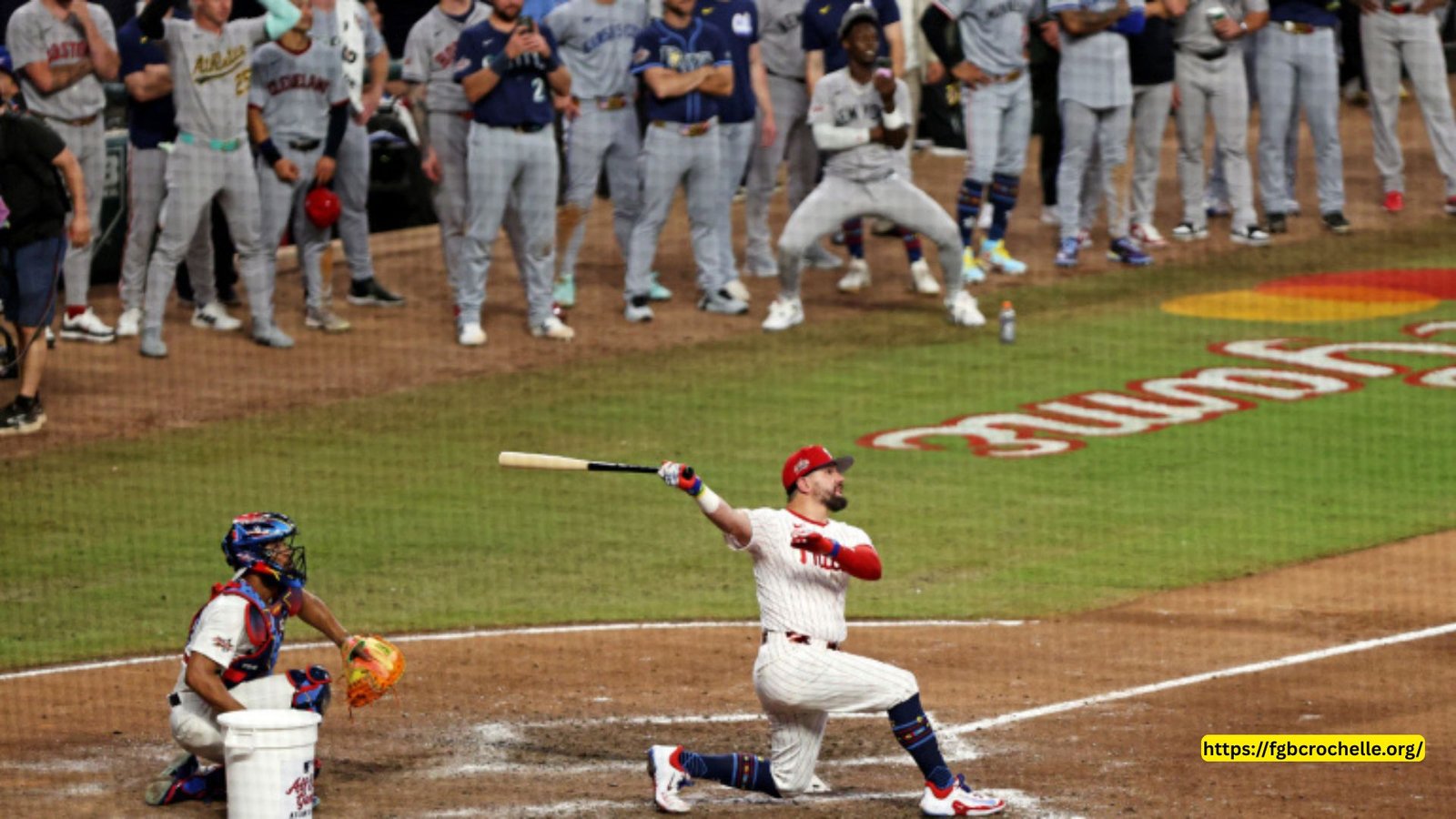The 2025 MLB All-Star Game introduced a thrilling swing-off tiebreaker, with Kyle Schwarber’s three-home-run performance securing a 4-3 victory for the National League. This electrifying format, used for the first time to break a 6-6 tie, has sparked debate about its potential in regular-season games. Could this Home Run Derby-style showdown replace the current extra-innings rules? Let’s explore the arguments for and against adopting the swing-off for regular-season play.
The Case for a Regular-Season Swing-Off
Excitement and Fan Engagement
The swing-off at the 2025 All-Star Game captivated players and fans alike, delivering a high-energy spectacle. Unlike the ghost runner rule, which places a runner on second base in extra innings, the swing-off offers a quick, dramatic resolution. Fans on X have voiced enthusiasm, with one stating, “F— a runner on second. Give me a swing-off after nine,” highlighting the format’s appeal over the current extra-innings setup.
Preserving Pitcher Health
The swing-off, implemented in 2022 to avoid overtaxing pitchers in All-Star Games, could serve a similar purpose in the regular season. With extra-innings games occurring roughly once every 11 games league-wide, a swing-off could reduce the strain on pitching staffs, a critical concern in an era of rising arm injuries.
Arguments Against a Regular-Season Swing-Off
Novelty vs. Tradition
While the swing-off was a hit in the All-Star setting, critics argue its novelty could wear off in regular-season games. The format, likened to a soccer penalty shootout, deviates from baseball’s traditional structure. As one analyst noted, the current extra-innings setup is “a closer approximation of the actual game,” and fans might miss the strategic depth of traditional play.
Logistical Challenges
The swing-off’s reliance on pre-selected batters poses issues. In the All-Star Game, stars like Aaron Judge and Shohei Ohtani were unavailable, having left early, which sparked criticism. In regular-season games, ensuring top hitters are available for a swing-off could complicate roster management, especially in tightly contested matchups.
Swing-Off vs. Extra Innings: A Comparison
| Aspect | Swing-Off | Extra Innings (Ghost Runner) |
|---|---|---|
| Duration | Quick resolution (minutes) | Can extend multiple innings |
| Excitement Level | High, Home Run Derby-style | Moderate, strategic gameplay |
| Pitcher Impact | Minimal, uses batting practice pitchers | Significant, taxes bullpen |
| Game Integrity | Less tied to traditional baseball | Closer to standard gameplay |
| Fan Reaction | Highly positive in All-Star context | Mixed, some dislike ghost runner |
Potential Implementation
A Balanced Approach
Some propose a hybrid model, using the swing-off only after a set number of extra innings, such as the 12th, to balance excitement with tradition. This approach could maintain the game’s integrity while introducing the swing-off’s flair in prolonged games.
Addressing Logistical Concerns
To ensure star participation, teams could designate swing-off players before games, with alternates ready in case of substitutions. This would address concerns about missing key hitters, as seen in the All-Star Game.
Conclusion
The swing-off tiebreaker, a hit in the 2025 All-Star Game, offers an exciting alternative to the ghost runner rule, promising quick resolutions and reduced pitcher strain. However, its departure from baseball’s traditional format and logistical challenges raise valid concerns. A hybrid approach, integrating the swing-off after several extra innings, could strike a balance, keeping fans engaged while preserving the game’s essence. As MLB continues to innovate, the swing-off’s future in regular-season play remains a topic worth watching.




